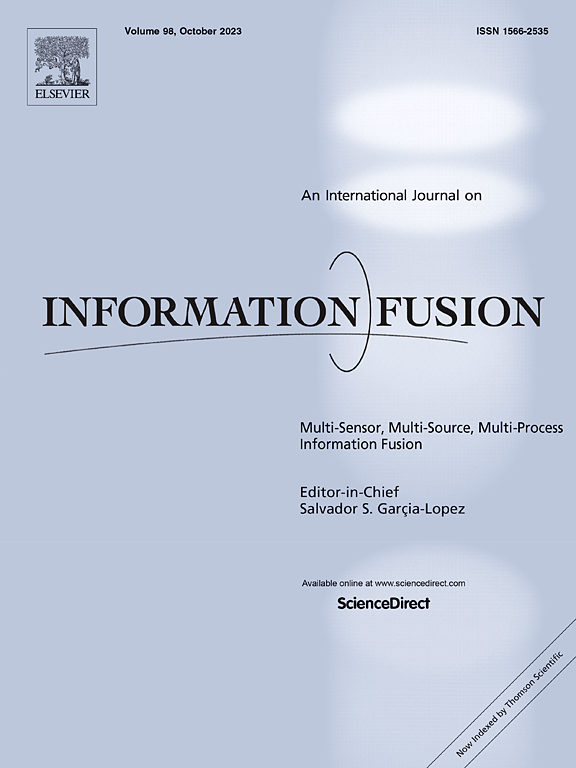A novel graph model for resolving power-asymmetric conflicts: Application in hierarchical diagnosis and treatment systems
IF 14.7
1区 计算机科学
Q1 COMPUTER SCIENCE, ARTIFICIAL INTELLIGENCE
引用次数: 0
Abstract
As Chinese society undergoes rapid aging and urbanization, the existing medical service system faces significant challenges, including unequal resource distribution, a shortage of high-quality resources, and inefficient allocation. To address these issues, the hierarchical diagnosis and treatment system (HDTS) has been introduced to optimize medical resource allocation and utilization. However, implementing HDTS encounters complex conflicts of interest among multiple decision-makers (DMs), compounded by ambiguity, uncertainty, and power asymmetry. This paper proposes the power-asymmetric additive graph model for conflict resolution (PAAGMCR), a versatile tool that integrates qualitative and quantitative methods to address stakeholder conflict in HDTS implementation in Shandong, China. The optimal solution can be identified using PAAGMCR: the Shandong Provincial Government should standardize medical treatment processes in tertiary hospitals, invest in grassroots medical facilities, allocate funds for public awareness campaigns, and encourage patients to seek initial treatment at the grassroots level. Tertiary hospitals should collaborate with grassroots hospitals to utilize subsidies for equipment upgrades and workforce training. Patients and their families should adhere to HDTS principles and make informed healthcare decisions. Furthermore, this study outlines an evolutionary path from the initial to the optimal state, offering theoretical support for resolving real-world conflicts. Finally, strategic recommendations are provided according to the analysis result of the conflict to guide DMs in implementing HDTS effectively.
一种解决权力不对称冲突的新图模型:在分层诊疗系统中的应用
随着中国社会快速老龄化和城市化进程的推进,现有医疗服务体系面临着资源分配不平等、优质资源短缺、配置效率低下等重大挑战。为了解决这些问题,分级诊疗系统(HDTS)被引入,以优化医疗资源的配置和利用。然而,实施HDTS会遇到多个决策者(DMs)之间复杂的利益冲突,加上模糊性、不确定性和权力不对称。本文提出了权力不对称的冲突解决加性图模型(PAAGMCR),这是一种集成定性和定量方法的多功能工具,用于解决中国山东HDTS实施中的利益相关者冲突。使用PAAGMCR可以确定最优解决方案s18:山东省政府应规范三级医院的医疗流程,投资基层医疗设施,分配资金用于公众宣传活动,并鼓励患者在基层寻求初始治疗。三级医院应与基层医院合作,利用设备升级和人员培训补贴。患者及其家属应遵守HDTS原则,做出明智的医疗保健决定。此外,本研究还勾勒出了从初始状态到最优状态的演化路径,为解决现实世界的冲突提供了理论支持。最后,根据冲突分析结果,提出了指导发展中国家有效实施HDTS的战略建议。
本文章由计算机程序翻译,如有差异,请以英文原文为准。
求助全文
约1分钟内获得全文
求助全文
来源期刊

Information Fusion
工程技术-计算机:理论方法
CiteScore
33.20
自引率
4.30%
发文量
161
审稿时长
7.9 months
期刊介绍:
Information Fusion serves as a central platform for showcasing advancements in multi-sensor, multi-source, multi-process information fusion, fostering collaboration among diverse disciplines driving its progress. It is the leading outlet for sharing research and development in this field, focusing on architectures, algorithms, and applications. Papers dealing with fundamental theoretical analyses as well as those demonstrating their application to real-world problems will be welcome.
 求助内容:
求助内容: 应助结果提醒方式:
应助结果提醒方式:


